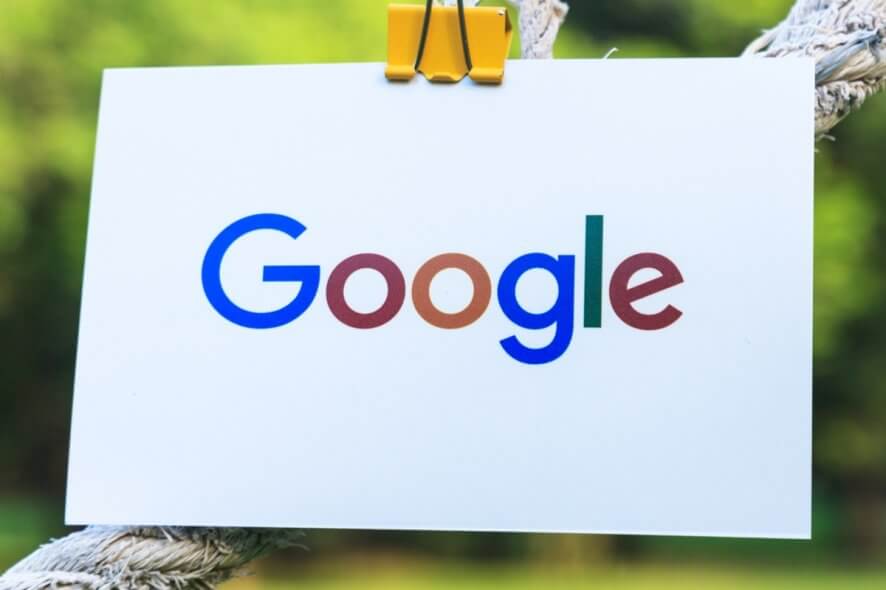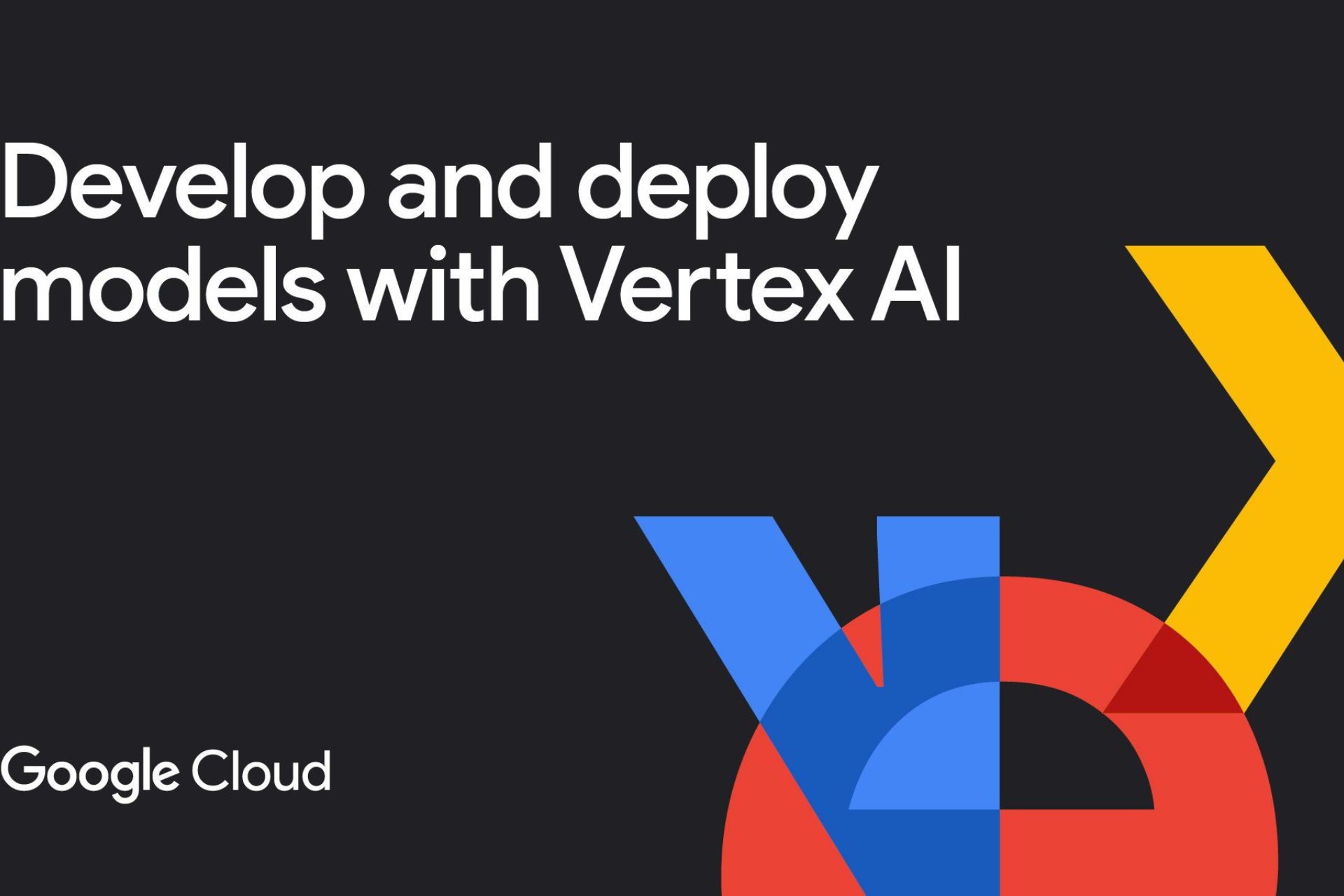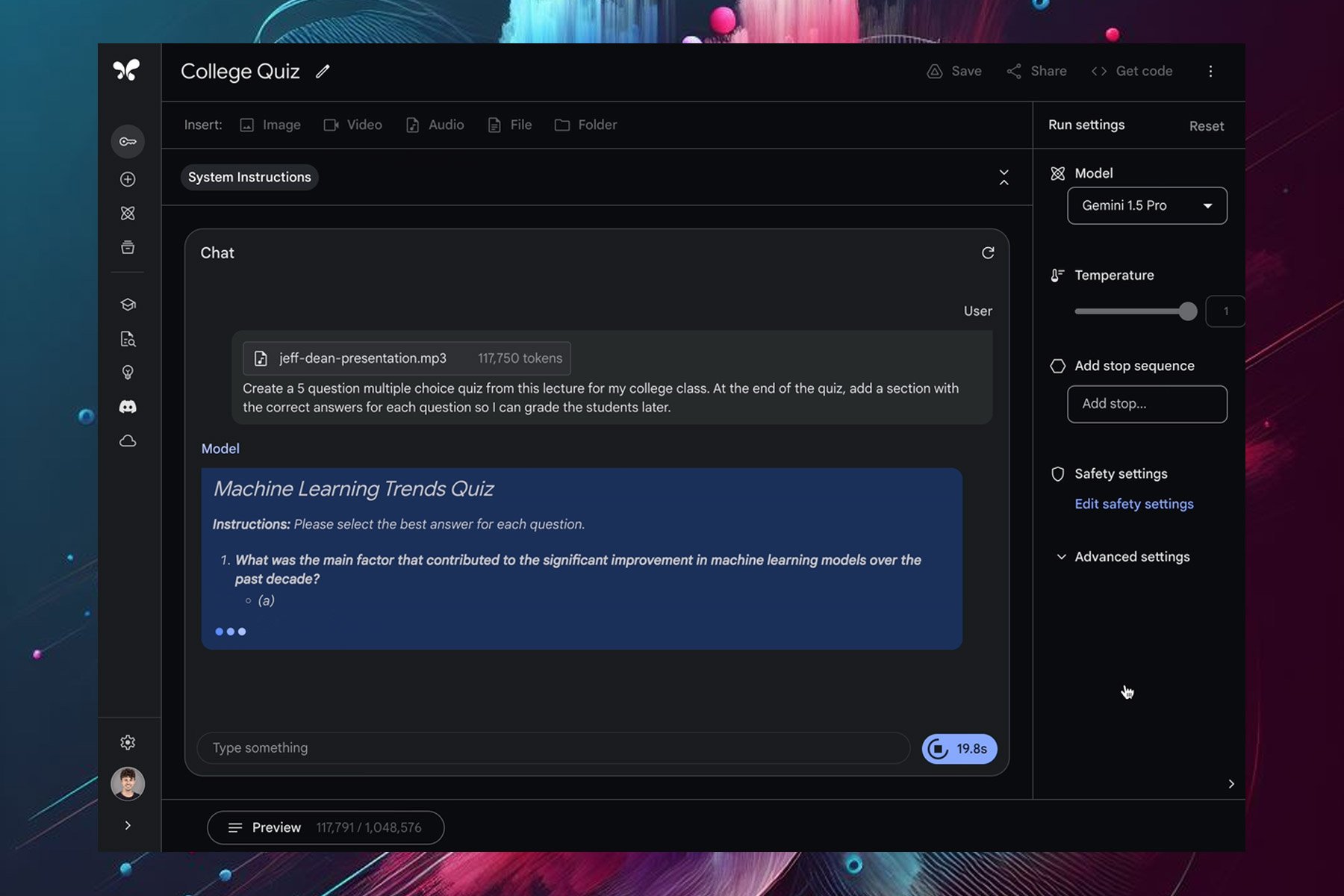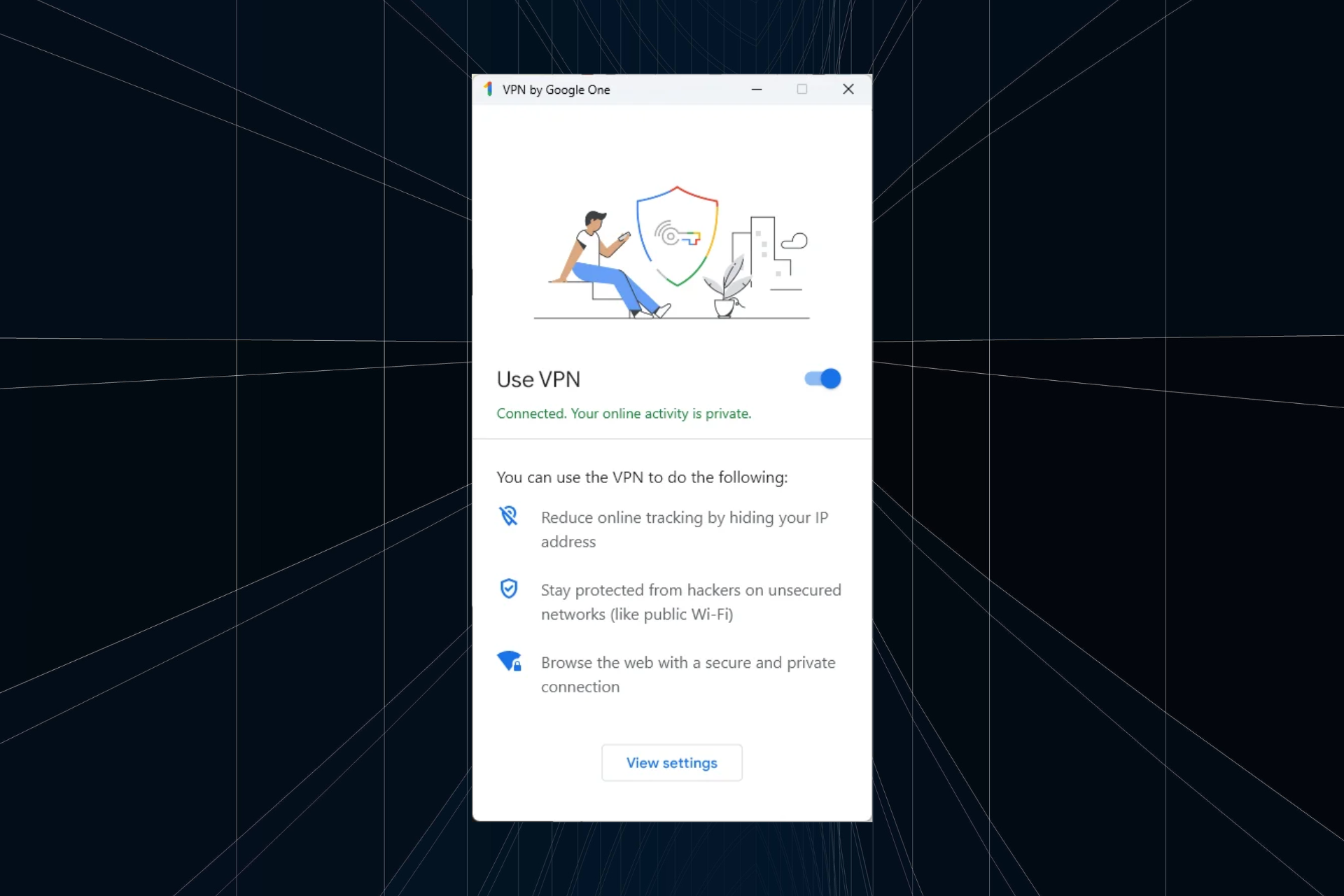Google’s Ditching Chrome App Support For Windows
2 min. read
Updated on
Read our disclosure page to find out how can you help Windows Report sustain the editorial team Read more

Come June 2022, and there’ll be no more support for Chrome Apps across all platforms, from Windows and Mac to Linux and Chrome OS, Google has announced. But the end of support for Chrome applications onWindows 10 comes a little sooner—June 2020.
Windows 10 users on Chrome Enterprise and Chrome Education Upgrade may opt to extend support through the end of 2022. Google isn’t withdrawing support for Chrome extensions.
The shift from Chrome apps to PWAs
A big question in the minds of Chrome apps users is why Google would want to ditch the platform when native apps are still very popular. The growing popularity of progressive web applications (PWAs) is a plausible explanation.
When Google launched Chrome Apps, it made it clear that its main objective was to provide a user experience not possible with native apps. In the past, the company has encouraged Chrome App developers to start focusing on PWAs.
While Chrome apps can work on multiple operating systems, they’re still platform-dependent. As such, they have a limited reach. PWAs don’t have such shortcomings as they’re deployed directly on the Web, which is OS-independent, and accessed via browsers.
Google believes that modern browsers have come of age, and PWAs can bring the best of native apps and websites.
The progress of modern browsers puts the Web in a good position to answer the vast majority of use cases…We are confident that the Web can deliver first class experiences on an open platform.
What next for Windows 10 users?
Google continues to collaborate with other stakeholders to develop platforms that leverage open Web standards to deliver better experiences, according to Google. So, as browser technologies advance, Windows 10 app developers are increasingly availing the tools necessary to create solutions that target wider audiences than possible with just native apps or web pages.
On the other hand, PWAs can deliver to Windows 10 end-users the ease of access of the Web and the immersive experiences that native apps provide.








